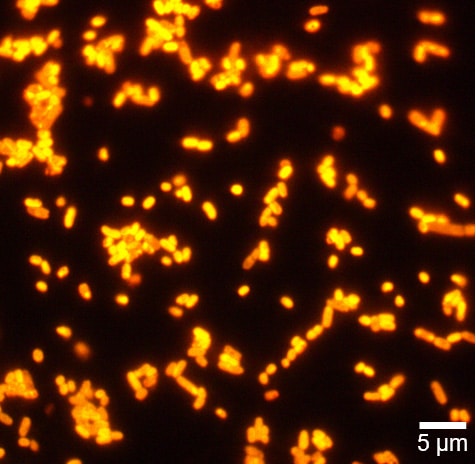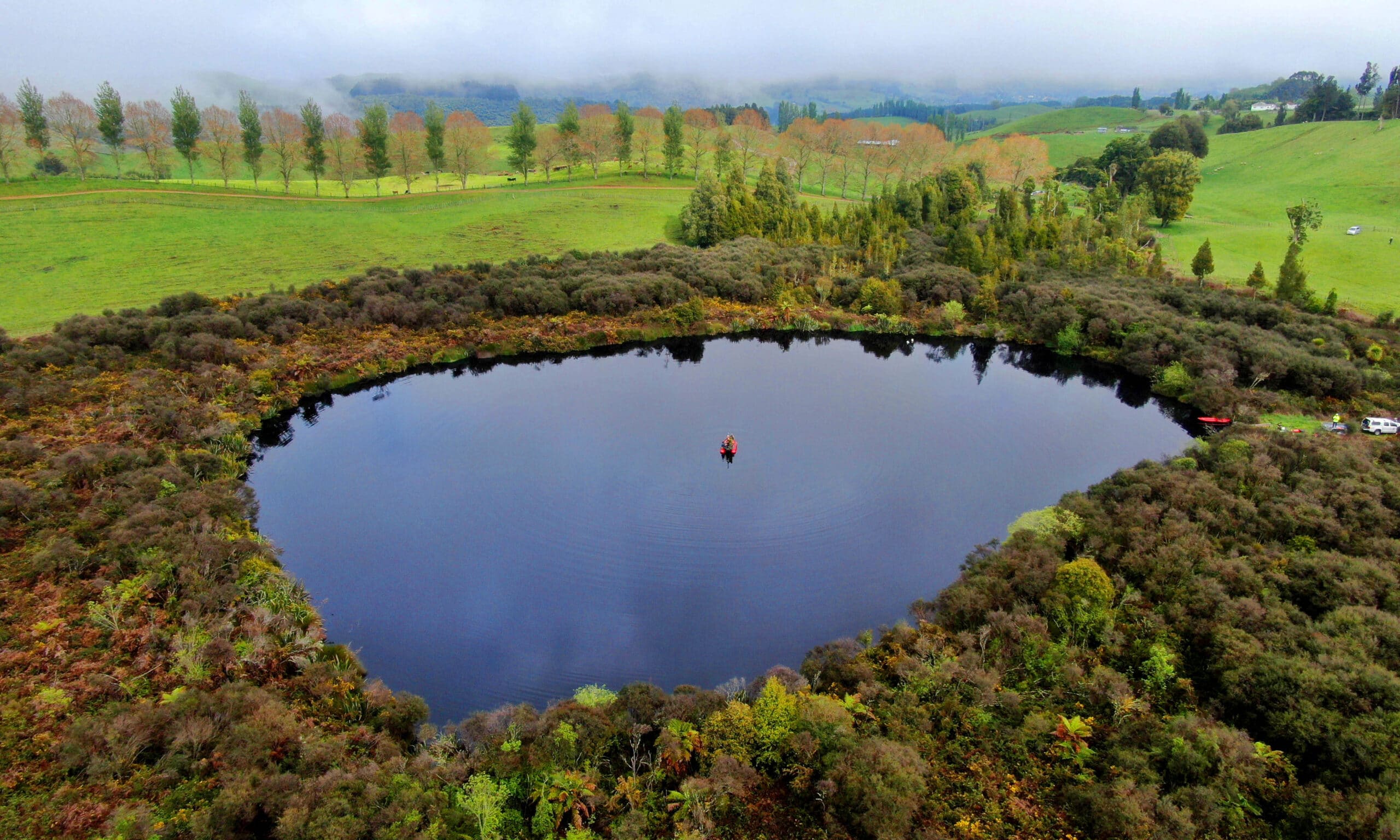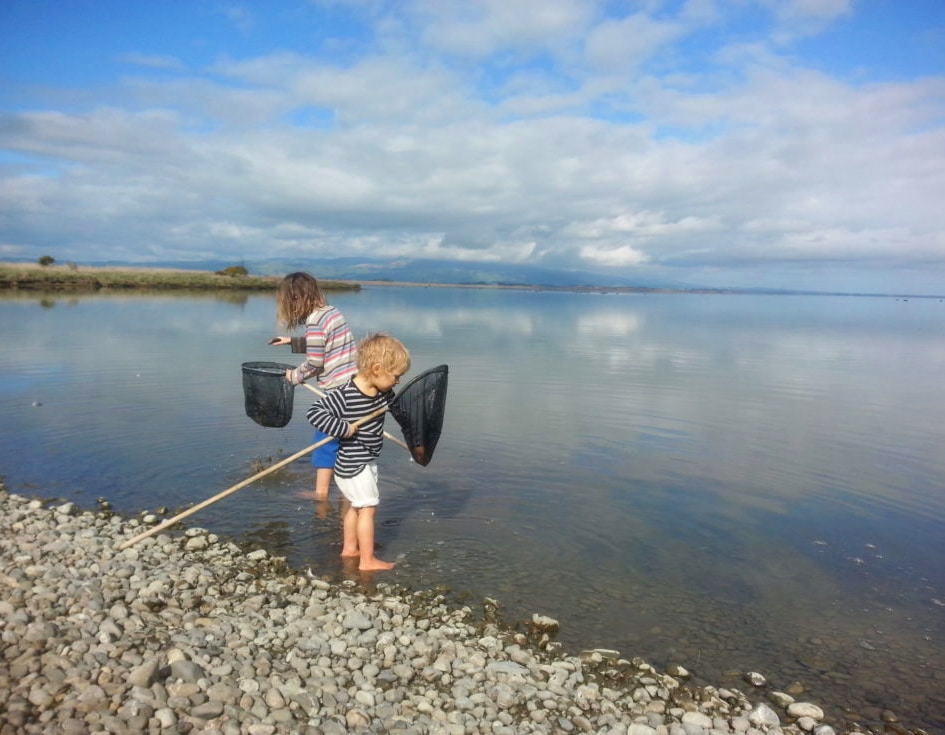Schallenberg, L. A., Wood, S. A., Puddick, J., Cabello-Yeves, P. J., & Burns, C. W. (2022). Isolation and characterisation of monoclonal picocyanobacterial strains from contrasting New Zealand lakes. Inland Waters, 12(3), 383–396. https://doi.org/10.1080/20442041.2022.2053455
Abstract
Freshwater picocyanobacteria form the base of microbial food webs in many lakes worldwide but have received less attention than other phytoplankton. Little is known about their potential response to environmental changes such as increased nutrient loading and climate change, due partly to the lack of available cultured and sequenced strains. Here, we isolated 25 monoclonal picocyanobacterial strains from 6 New Zealand lakes with contrasting trophic states. The use of MLA medium instead of BG11 proved highly successful for the rapid isolation of picocyanobacteria. Strains were characterised by sequencing of the 16S ribosomal RNA gene, spectrophotometry, and high-performance liquid chromatography. 16S rRNA gene analysis placed most strains within the cluster 5 picocyanobacterial lineage (sub-cluster 5.2, family: Synechococcaceae). Phylogenetic analysis showed that 12 isolates from Lakes Wakatipu, Hayes, Johnson, and Ellesmere/Te Waihora clustered with strains from a range of Northern Hemisphere locations, suggesting global dispersal of these strains. Pigment characterisation revealed that pink and brown cultures from oligotrophic and some eutrophic lakes were rich in phycoerythrin, while green cultures from eutrophic and hypertrophic lakes were rich in phycocyanin. This diverse group of freshwater cluster 5 picocyanobacterial cultures will provide a new resource to study how these critically important microbes function and respond to changing environmental stressors.




